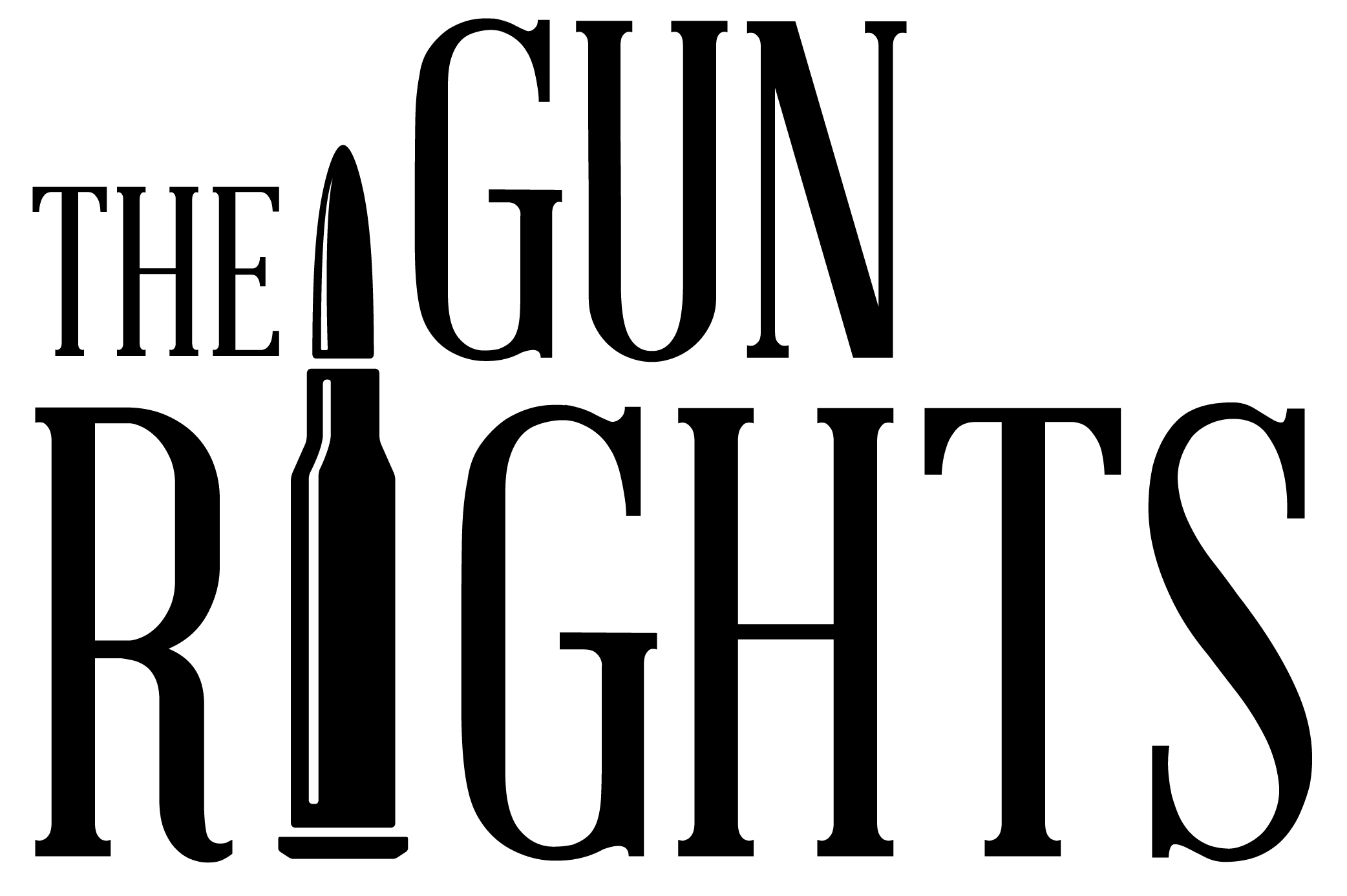If you have questions about how to get a Class 3 gun license, you’re concerned about Class 3 National Firearms Act (NFA) weapons / Title 2 firearms.
Class 3 /Title 2 firearms are categorized in six different categories:
- Category 1: Machine guns, also known as automatics or full-autos.
- Category 2: Short-barreled rifles (SBRs) (barrel of less than 16 inches).
- Category 3: Short-barreled shotguns (SBSs)(barrel of less than 18 inches).
- Category 4: Suppressors or silencers.
- Category 5: Any other weapon (AOW).
- Category 6: Destructive devices (DDs), e.g. bombs.
Regulation of Class 3 / Title 2 Firearms
NFA regulates all Title 2 firearms. Under the NFA, it’s illegal for a private individual to own a fully automatic weapon that was manufactured post-May 1986. The individual owner doesn’t need a Class 3 gun license to own an NFA item.
Buying or reselling NFA items as a dealer requires a Class 3 gun license.
According to the Bureau of Alcohol, Tobacco, Firearms and Explosive (ATF) official handbook concerning NFA laws, it’s also illegal for any person or entity to manufacture new replacement parts for a machine gun manufactured before 1986.
Understanding how to get a Class 3 gun license requires some understanding of the NFA.
Individual Ownership of Class 3 NFA Items
An individual may buy NFA weapons for personal use, including machine guns, with certain exceptions.
In most cases, he or she needs to find a Class 3 gun cleaner, submit the paperwork, pay for the weapon or accessories, pay the required transfer fee plus the one-time $200 tax fee.
An individual may purchase a pre-1986 machine gun if he or she buys it from an FFL/SOT (Federal Firearm Licensee / Special Occupational Taxpayer) registered with the ATF. A standard weapons dealer (Title 1 / FFL dealer) may deal in NFA / Title 2 weapons when he or she pays an SOT. The dealer will then be a Type 3 SOT, or Class 3 dealer.
How to Get a Class 3 Gun License
Step 1. Transfer of NFA items from one individual or entity to another
NFA controls the transfer of NFA items, regardless of the category type, from one party to another. The transfer occurs via an ATF tax form. He or she pays a one-time $200 fee for a tax stamp for each NFA transfer.
In comparison, transfer of an AOW requires a $5 tax stamp.
ATF must approve the transfer of ownership before it occurs. This step may require months. If the transfer occurs between parties in different states, the seller must transfer the weapon to an SOT holder in the buyer’s resident state.
At the time the ATF approves transfer of an NFA item, it cancels a tax stamp. This is the reason the approval is sometimes referred to as a “Class 3” stamp.
Step 2. Transfer of NFA items between dealers
A dealer-to-dealer transfer takes less time, usually about three to four weeks.
At the time the ATF approves transfer of an NFA item, it cancels a tax stamp. This is the reason the approval is sometimes referred to as a “Class 3” stamp.
Step 3. Obtain an FFL/SOT
Questions about how to get a Class 3 gun license often surround preparing and submitting the proper ATF forms.
Parties seeking to start a firearms dealing business may have questions about how to get a Class 3 gun license.
It’s essential to know which forms to submit to obtain proper licensing—especially if the business plans to deal in NFA Class 3 items, e.g. suppressors, automatic weapons, accessories, and short-barreled rifles:
The interested party must obtain an FFL license and completed required documents relating to the SOT on NFA items. This process will require some time and money.
Step 4. Complete the ATF Form 5310.12 (ATF Form 7)
This is the FFL application. It’s an 18-page form that covers topics relating how the entity will sell firearms:
- Provide personal details of each partner or owner in the business, including criminal record information. Enter business data, e.g. the Employer Identification Number (EIN), business address, and hours of operation.
- Submit the application and pay the fee. Note that the fee depends on the type of FFL you want. When applying for the Class 3 SOT (which increases the license to include NFA items), apply for a Type 1 FFL. Include a $200 fee with the application.
Step 5. Complete the ATF Form 5330.20
This form certifies that the applicant is a citizen or permanent resident alien of the United States.
Step 6. Submit two FD-258 cards for responsible parties
The FD-258 form is a fingerprint ID card. Take the card to a local law enforcement agency for preparation. Submit two cards for any responsible individual in the business.
Step 7. Include two (two-inch by two-inch) photos of each responsible party
Submit these with the application with the fingerprint cards. Obtain photos at a passport photo establishment.
Step 8. Schedule an interview with an ATF Operations Investigator
After forms and fees are processed by ATF, the applicant will receive an interview request with the Industry Operations Investigator. He or she will review the application to ensure the presented information is correct and current. He or she will present local and state requirements.
Step 9. Wait about 60 days
If the background check(s) of responsible parties check out and the applicant(s) properly submitted the forms, the dealer will usually receive a Class 3 gun license within 60 days.
Step 10. Prepare ATF Form 5630.7
This form requires the dealer to submit owner information, e.g. EIN and registration information. It’s used for special taxes to be levied against a manufacturer, dealer, or importer of NFA items:
- Check off Tax Class 3 on 5630.7. This denotes that the entity deals in NFA firearms (but doesn’t manufacture or import them).
- Pay an annual fee of $500 and submit with Form 5630.7. Class 3 entities are subject to a yearly $500 tax (for each business location). Stay compliant by resubmitting the form and tax each year. The ATF tax year spans from July 1 to June 30. Pay the annual fee before the deadline to avoid possible penalties and interest.
Class 3 Gun License
Applying for a Class 3 gun license may involve filing multiple ATF forms, including:
- ATF Form 1, the “Maker Form,” for manufacturers of NFA items.
- ATF Form 2, the “Manufacturer Registration Form,” for manufacturers of NFA items.
- ATF Form 3, the “Dealer-Dealer Form,” for tax-free transfer of Class 3 weapons between SOTs.
- ATF Form 4, the “Paid to / from Individual Form,” when transfer to or from an individual is involved.
- ATF Form 5, the “Transference of NFA weapons to Law Enforcement Agencies Form” to be filed by dealers.
- ATF Form 5320, the “Interstate Transport Form” to be filed when the NFA item owner travels between states.
One Last Thing…
Contact an experienced attorney to ensure that your ATF forms are properly prepared and submitted. He will answer your questions about the Class 3 gun license application and approval process.

